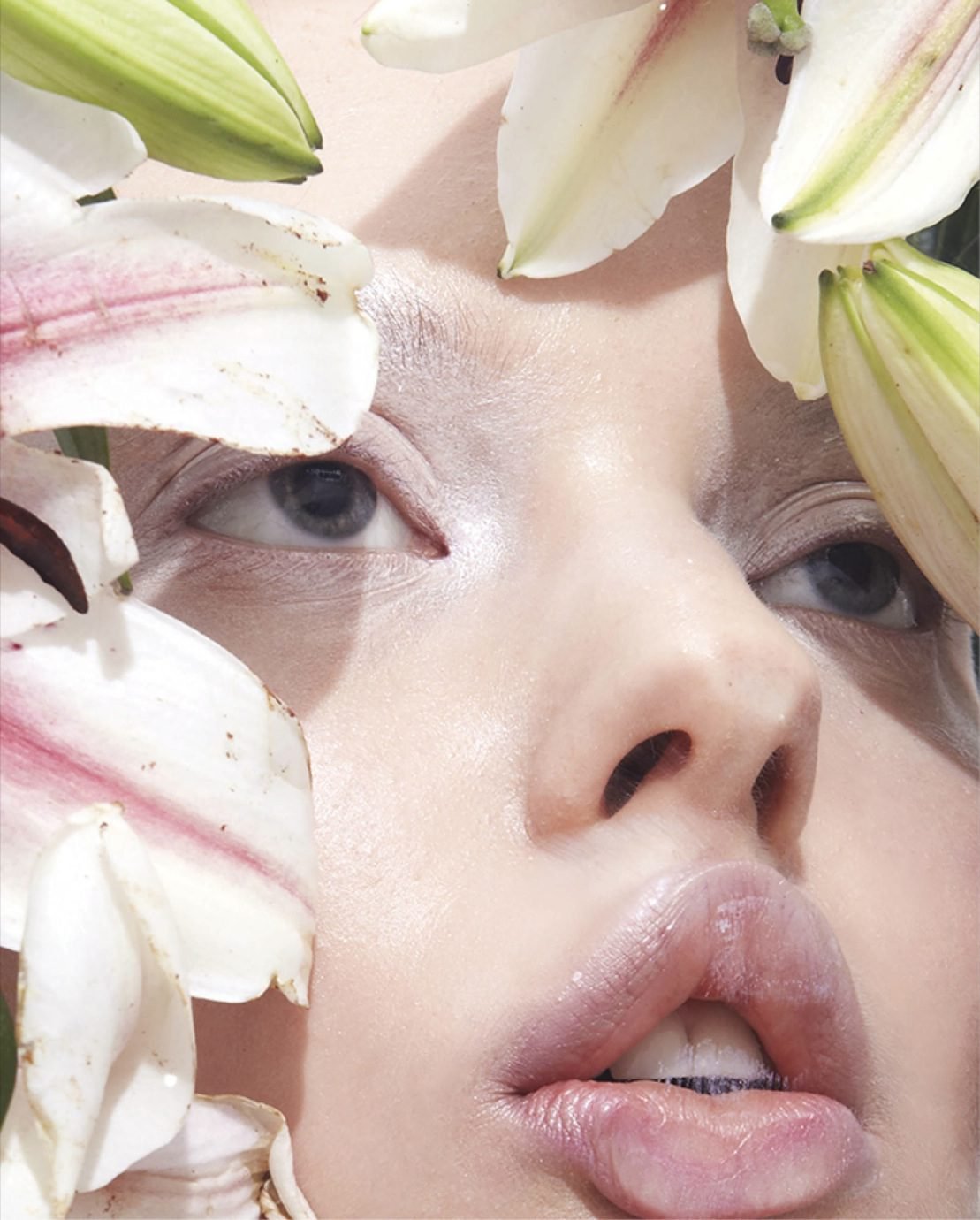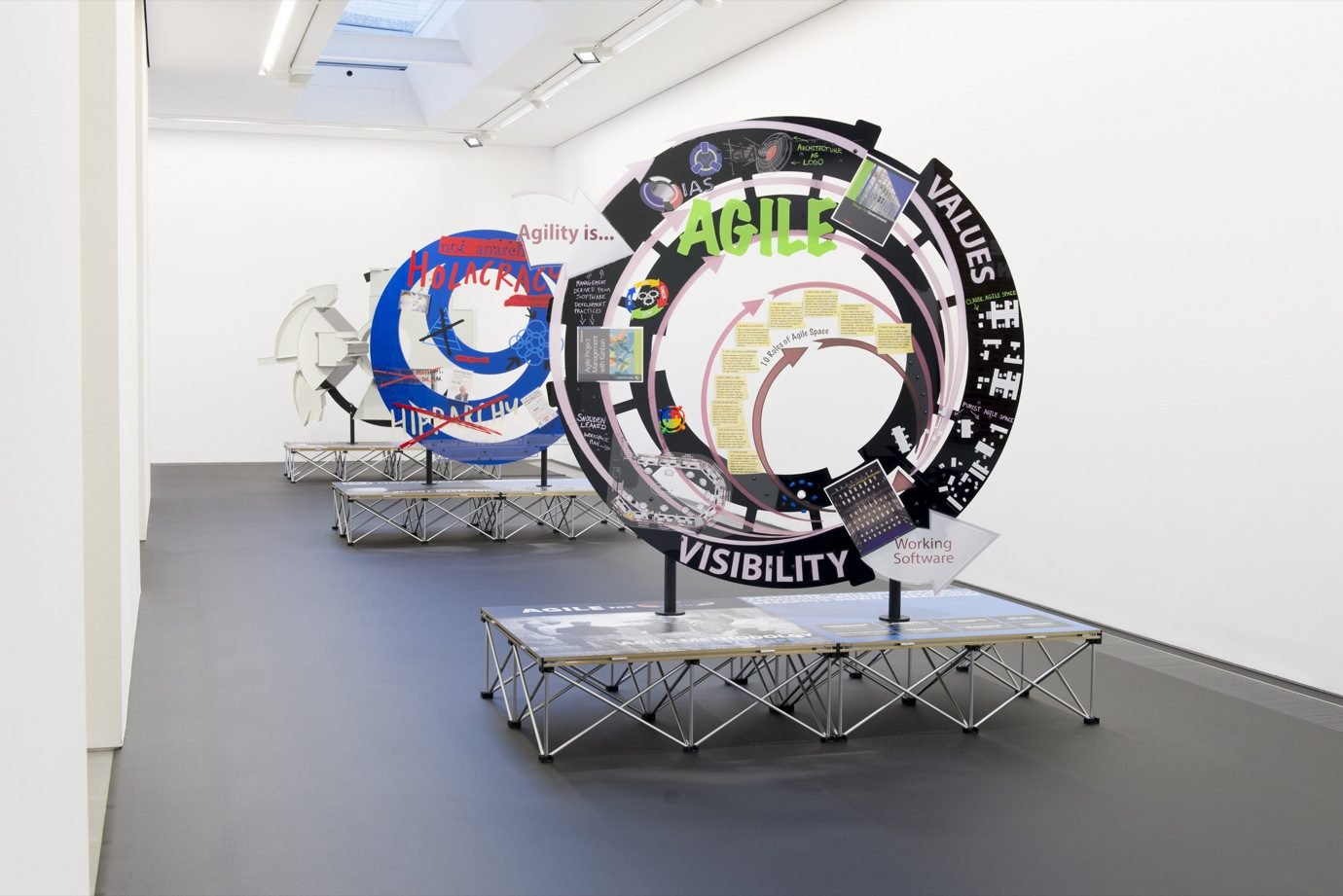Historically, female artists or queer art, anything but the male genius, have not had a place in the industry. If not falling through the cracks of the conservative patriarchal system, the remains fell prey to Economic Darwinism. Nowadays, it seems not much has changed. Or has it?
The stereotype remains that artists have to have a comfortable fortune or know an inner circle to succeed. Thus, we’ve asked three creatives to share their journeys and experiences of how they managed to become financially stable enough to live from their artistic work.
“I don’t want to say someone can’t do it without going to art school but to me what’s important is that you build a community.” – Sophie Glover
Perhaps the most important question young creatives ask themselves is how crucial arts school is to their success. Sophie Glover initially moved to Cornwall to do a drawing foundation and BA at Falmouth University before returning to London, where she grew up. We caught her in a moment in life that feels like “turning a steam tanker” as she transitions from the work she is known for, which is drawing and illustrating, to painting. Reflecting on the more than eight years since graduating, she says, “I don’t want to say someone can’t do it without going to art school but to me what’s important is that you build a community.”
Community is a vital factor that forms the first part of the answer on how to live from one’s art. Indeed, it might be the most said sentence at art school that the people you meet there might be the connections crucial to one’s success. Mexican-American artist Marcel Alcalá worked as a performance artist and sold drawings before he decided to work on canvas. It was his community that invested in his work first. “There’s nothing more beautiful than that happening – your people owning your work,” he says. “But I can not mention having gone to art school because it benefits me even now. Although I don’t think it’s the only route to working as a creative. Debt is real!”
“You don’t know where these supposedly vital connections in the industry are. You think that it’s opening up a web browser, typing in a gallery’s name, finding the curator and writing them an email and they will never respond.” – Sophie Glover
Alcalá certainly has a point. Undoubtedly, privilege already starts with being able to afford art school. But how vital the network that art schools offer is, often shows after graduation. “You don’t know where these supposedly vital connections in the industry are. You think that it’s opening up a web browser, typing in a gallery’s name, finding the curator and writing them an email and they will never respond,” Glover continues. “But, if you are embedded in communities, you don’t have to reach upwards for advice. You can reach across to people that you know from communities like an art school where everyone has got really specific talents and you don’t have to search out help – it’s right there around you.”
There is powerlessness to knowing you have no agency in becoming desirable or attractive to those who decide over career-crucial exposure.
One of the biggest mistakes might be, in fact, “shooting your shot,” as the Dallas-based painter Caroline Zurmely puts it, by taking a chance and approaching a gallery out of the blue. Zurmely had lived in New York after graduation to work as a studio assistant. The cost of living ultimately forced her to move back home; a time she now, looking back, understands as an investment period to figure out the kind of work she wants to make. “I remember in college,” the artist says, “I had professional practices which were supposed to teach you how to go out into the world and do all these things, from making a CV to learning how to pack a painting. Someone asked ‘How do I get a gallery presentation?’ and you’re basically told not to do that.”
The lack of access and singularity of opportunities the industry holds for young artists is why many creatives feel helpless. There is powerlessness to knowing you have no agency in becoming desirable or attractive to those who decide over career-crucial exposure. And in a field of work that relies thus heavily on literal visibility, exposure and sales are directly linked.
“When I first left Uni, I was drawing and doing thirty different tiny, tiny commissions at a time, because they were so low paid. You’re saying ‘Yes’ to everything in a really practical way to become financially stable.” – Sophie Glover
The predicament leads to the second piece of advice: find a job to finance your way of living. Glover gives an example of the first steps she took to gain ground: “When I first left Uni, I was drawing and doing thirty different tiny, tiny commissions at a time, because they were so low paid. You’re saying ‘Yes’ to everything in a really practical way to become financially stable.” Alcalá, too, admits, “I worked odd jobs. After graduation, I moved to L.A. to become a performance artist and mind you that performance artists don’t make much money. I worked for professional artists, in restaurants, worked as a costume designer, wrote for other artists – just being persistent.”
Putting energy into a job that pays okay to afford rent in expensive cities like London or New York, doesn’t leave much time to develop one’s own artistic work.
However, especially in the beginning, the practicality of gaining ground carries the potential of agreeing to assumed opportunities that are anything but beneficial. Because, as it is so often in creative industries, those in power are more than willing to exploit desperate talents. “I did an internship for six months at a gallery, working for free, got shut out of all the meetings and I didn’t have any experience so I was just sitting at the desk for free for them,” Glover recounts. And despite the geographical distance, Zurmely’s experience resonates similarly: “After art school, I went to New York and got a job as a studio assistant for a time being, which was basically an internship. And even those jobs were hard to get because they wanted you to have experience. Everyone wants free labour, wanting to test you out for three months and then see.”
If working several jobs to pay rent doesn’t leave time or energy to become a good-enough artist so that galleries get interested, how can creatives make it?
Setting aside the morally questionable practice of free labour, there is another issue embedded in accepting jobs of that nature: putting energy into a job that pays okay to afford rent in expensive cities like London or New York, doesn’t leave much time to develop one’s own artistic work. The idea of getting a leg up, even from other artists, becomes a distraction. Also, as Glover adds, “Trying to get one’s foot in the door with all these big organisations is too difficult and there isn’t space for creatives at that point in their career.”
So, if working several jobs to pay rent doesn’t leave time or energy to become a good-enough artist so that galleries get interested, how can creatives make it? A community can only help to a certain degree, selling enough work and making money from creating is the crucial challenge to master. Irrefutable self-confidence to the degree of borderline narcissism can get you only so far. Is it truly a matter of pain or privilege then? The struggling self-made or the nepotism baby?
Marcel Alcalá, Sophie Glover, as well as Caroline Zurmely, disclose they have all hit a point in life, where they had to sacrifice or compromise. A shared insight that leads to the third realisation: it might be the bitter truth that in such an industry persistence pays off more than talent. “I had those conversations with my Mum where she said, it’s OK if you just want to be a normal person who has a normal job, and I would just start bawling crying, like, I don’t want that but I just don’t know what my next step is,” Zurmely shares.
“I realised that the time I was working for free was the time that I was meant to be resting.” – Sophie Glover
Carrying the pressure of having to be creative as a living can coax artists into adapting their creative process or output for, what they believe, is the liking of others. A trap in itself: artists will base their work on art they know the industry likes and therefore, ideas and aesthetics that already exist. This is a habit that can not only block innovation and originality but add to the psychological pressure of not having a financial safety net as the comparison effect can lead to low self-confidence and self-esteem or even isolation.
This adds a layer many creatives who start out don’t consider and that is even more important when there is no financial safety net. It’s part three: rest is financially as important as the time working. “Rest time is part of the business and I had to find that out the hard way,” explains Glover. “Now, I am super strict about structuring my practice with a good end time at the end of the day. Also, I’m saying no to working for free for friends in a lot of cases because I realised that the time I was working for free was the time that I was meant to be resting.”
The pathway can be hard on artists’ mental health, particularly when it comes to expectations creatives have towards themselves. Alcalá admits, “Career is an expensive process, it’s always growing and you always want it to grow. But the process takes a lot of patience. Even though where I am right now where things are finally working out, I still have anxiety all the time.” Trusting the process and holding out by being patient resonates with Glover, too. “I didn’t come out of Uni and became an artist straight away, I supported myself first. So it’s all by increment, you don’t have to suddenly be financially stable as the type of artist that you feel you should be.”
The professional pathway of an artist demands patience and persistence. Alcalá admits that it’s just now, at the age of 33, things fall into place. “You just have to believe in yourself because it’s a story of gambling,” he shares. Undoubtedly, a profuse potion of obstinacy certainly helps, too. “It was from the age of fourteen that I started saying ‘I’m going to be an illustrator’,” remembers Glover. “Adults said to me, ‘Well, that’s a very hard life. You’re going to be a hungry artist, that’s a very lonely life.’ And I just ignored them – the more people said it, the more determined I was. I had decided that I could do that before I even knew anything about how difficult this was going to be.”
There are a lot of different ways of being an artist and admittedly, individual paths depend on specific factors that may not be shared by others. Still, the connectivity among creatives will always be an artist’s best bet. “My advice would be that community is important but also looking at people who inspire you and talking to mentors, figuring out how they did get to where they got,” says Marcel Alcalá. “Everybody’s inspired by others, we relate to similar experiences or works. I’m still thinking ‘What’s next, what am I gonna make next, what are the possibilities of a life lived like this?’ I want the possibilities to be vast because I think it’s a more interesting approach to life.”









